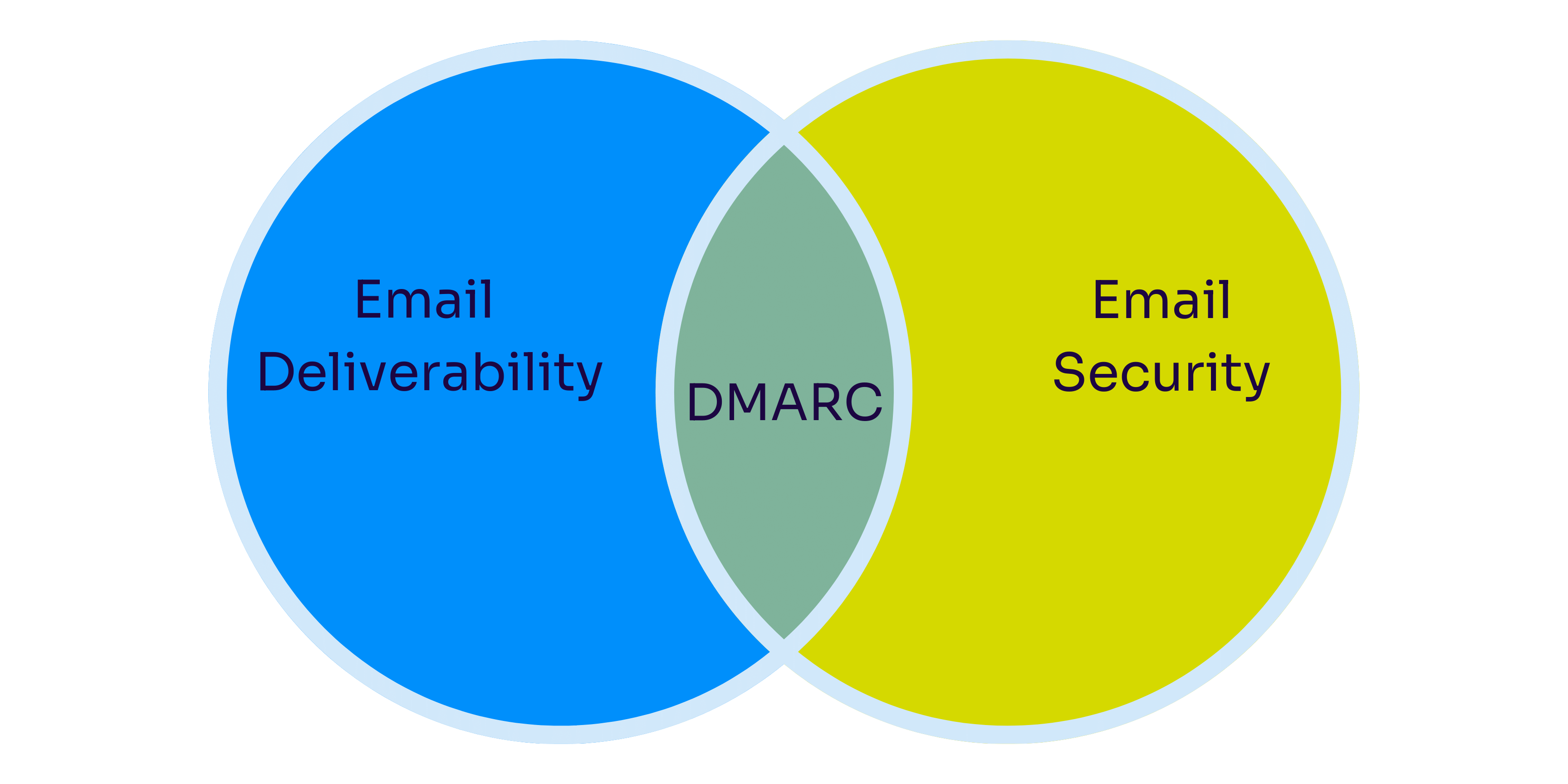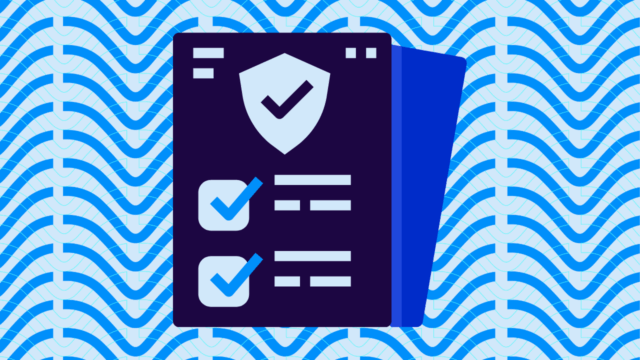Hello, email world! Al Iverson here. I’m new to Valimail, and I’d like to take a moment to share some details with you about my background in email deliverability, and how it relates to DMARC. Let’s connect the dots, shall we?
What is deliverability?
Deliverability is a type of measurement, a study, and a practice.
Measuring deliverability means tracking how well email marketing campaigns succeed in getting delivered, specifically to the inbox, rather than getting held up in a spam or quarantine folder or not delivered at all. What you track can vary, but it often includes open rates, click rates, inbox test results, and even conversion rates.
Studying Deliverability means working with your friendly neighborhood deliverability consultant and/or consulting online blogs, recorded webinars, and other guidance to identify what practices you’ll want to employ (or avoid) to help maximize your chances of deliverability success. Studying deliverability means learning about email best practices, why permission is the key to email marketing success, and how engagement is the gate most often and most likely to block your email from reaching the inbox.
Practicing Deliverability (or Deliverability as a Practice) is taking those measurements and the knowledge gained through study and utilizing that data and those best practices to decide what to do next to reduce or solve current deliverability problems and to prevent or reduce the chances of future problems.
Deliverability is both technical and strategic.
Technical Deliverability involves ensuring all headers are configured correctly. That you’ve got proper email authentication in place. That all your DNS entries are correct; all of your sending IP addresses have proper reverse DNS, and all your links in your email land on domains that resolve and load properly. You’re following all of the new, modern sender technical requirements like the “one-click” list-unsubscribe header, you publish a DMARC record, and you’ve tested and confirmed that you’re not missing anything.
Strategic Deliverability is understanding that sending wanted email is key to sending email successfully at volume. This means building up a solid (positive) sending reputation by sending engaging and interesting email, and sending that email only to those who have requested it. Executed properly, you’re showing your best self to inbox providers and internet service providers (ISPs) and their opinion of you will be correspondingly positive.
Strategic and Technical Deliverability go hand in hand. There can be successful, ongoing delivery of your email to the inbox without properly following the requirements that come with both sides of this very important coin.
Where does DMARC come into play?
Domain-based Message Authentication, Reporting, and Conformance (DMARC) is not new; it has long been a best practice in the world of email and domain security, doing very well at preventing phishing and spoofing. Though it also brings deliverability benefits, these are little known to marketers. In the past, DMARC lived more in the realm of the security-minded enterprise IT manager, not the marketing manager for a DTC (direct-to-consumer) online brand.
That all changed late in 2023, when Google and Yahoo announced updated bulk email sender requirements that include a mandate to publish a DMARC record for your email sending domain name and a warning that eventually, Gmail and Yahoo Mail will reject (or more unfavorably filter) mail from a domain lacking a DMARC policy record.
Google and Yahoo defined these DMARC requirements at a very high level; there’s a lot of opportunity to dive into the details below the bullet points. Here are just a few of the topics I might cover on the blog in the coming months.
- How do different types of DMARC policies impact deliverability?
- Is a “good enough” DMARC policy actually good enough?
- Looking beyond what an ESP or CRM tool sees — protecting your entire domain, not just the bits associated with a bulk-sending tool.
- How do you get the same enterprise-level DMARC benefits when you’re not a giant enterprise?
- How can you avoid problems during setup, and what are the pitfalls to avoid when configuring DMARC?
- Monitoring DMARC results – how and why? When to care, and what to ignore.
And, of course, we’ll also talk about how Valimail Monitor, Align, and Enforce help along the way.

Thanks for reading, and I hope you’ll join me along this journey as I try to share my deliverability background and experience in a way compatible with getting the most out of DMARC (and especially compatible with that little Venn diagram where the worlds of DMARC and deliverability overlap).

Al Iverson is Valimail’s Industry Research and Community Engagement Lead, bringing over 25 years of experience in email marketing, technology, and deliverability. He’s committed to helping people learn more about DMARC and adopt it beyond just the minimum requirements while also helping good people send email and get their mail delivered.



